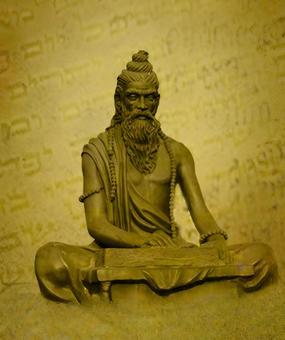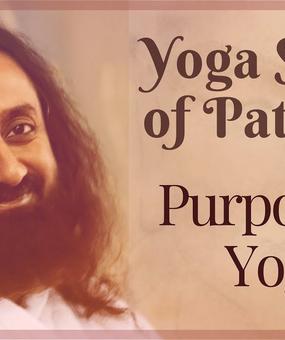Patanjali’s Yoga Sutras
Patanjali, an ancient sage, defined yoga as the ‘restraining of thought waves’. He compiled ‘Patanjali’s Yoga Sutras’, the aphorisms of yoga, in which he provides an eight-limbed approach for the well-being and purification of body, mind and soul. This eight-limbed approach, known as Ashtanga Yoga, is not to be mistaken as a step-by-step approach but a multidimensional approach in which all eight limbs are practised simultaneously.
The Eight Limbs of Yoga
Yamas and its complement, Niyamas, represent a series of ‘right living’ or ethical rules.
Yamas – the five social ethics
- Ahimsa – Non-violence in action, speech and thoughts
- Satyam – Truthfulness in intention, remaining established in the higher truth
- Asteya – Non-stealing
- Brahmacharya – Divine conduct, celibate when single, faithful when married
- Aparigraha – Not accumulating things unnecessarily and not desiring things that belong to others.
Niyamas – the five personal ethics
- Saucha – Cleanliness of the body and mind
- Santosha – Contentment, remaining happy
- Tapas – Austerity and self-discipline
- Swadhyaya – Study of the Self, abiding in the Self
- Ishwarapranidhana – Surrendering to God, honouring the Divine.
Asanas – Yoga postures or postures.
Pranayamas – Proper regulation of life force (Prana) through certain breathing techniques.
Pratayahara – Taking the senses inwards.
Dharana – One-pointed focus.
Dhyana – Meditation.
Samadhi – the highest state of consciousness. This is possible to achieve during meditation



















